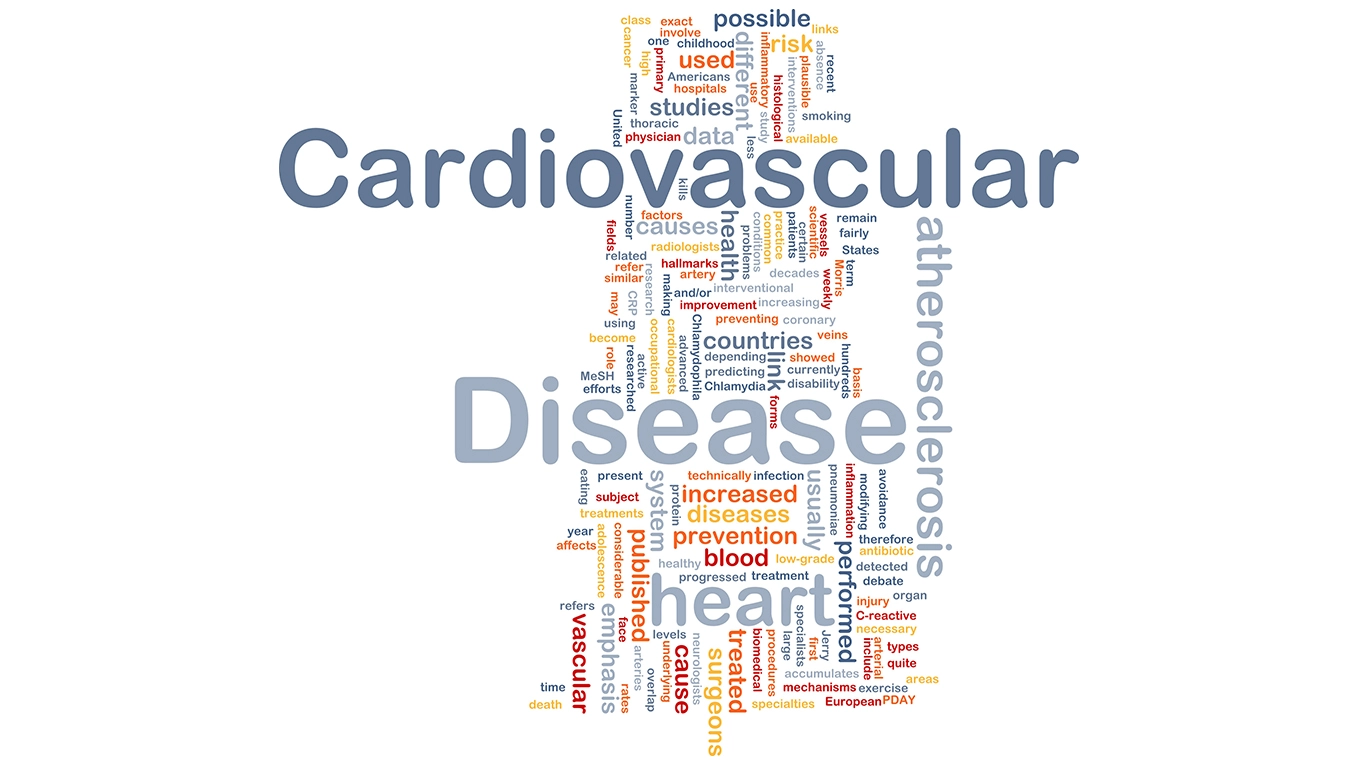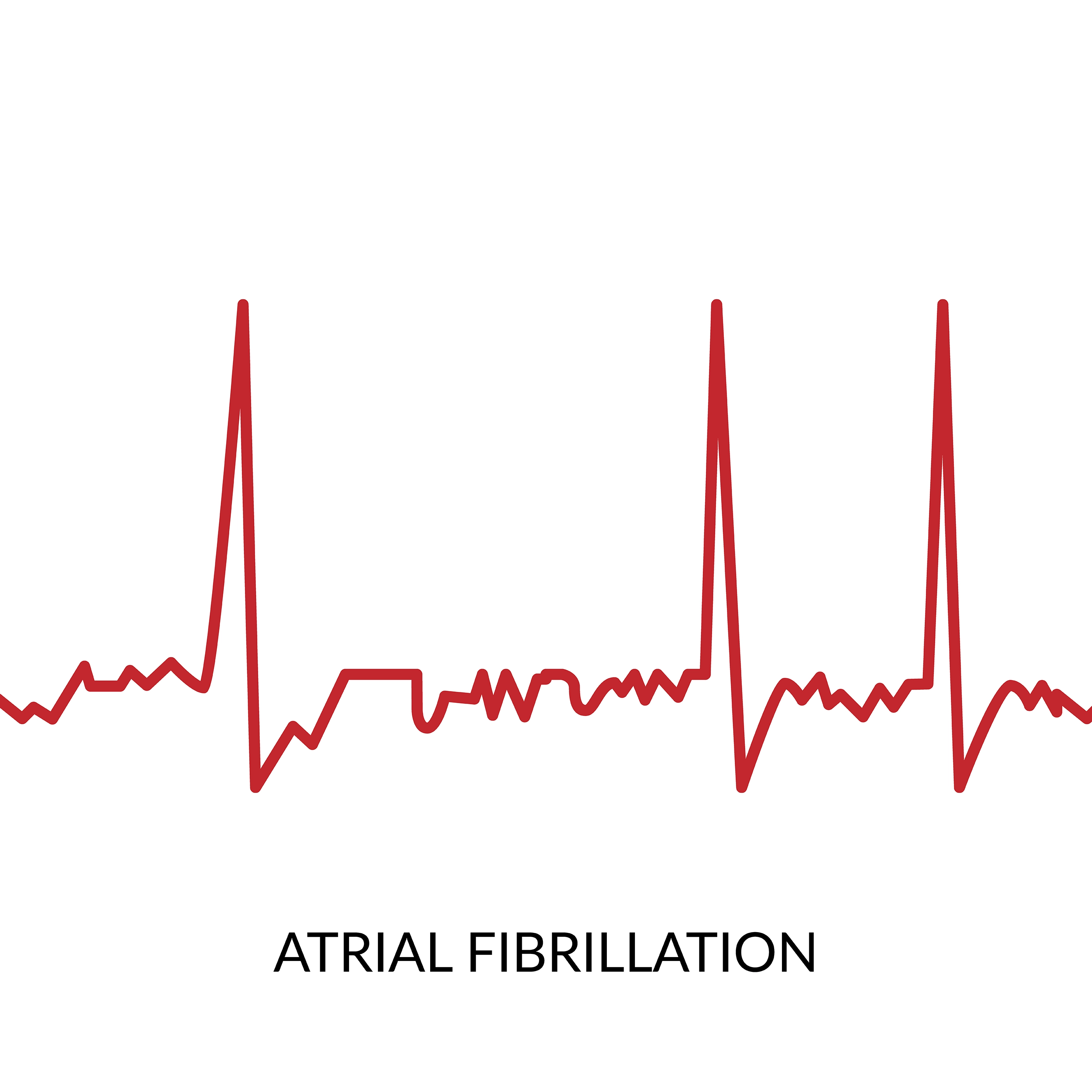Introduction
Glaucoma is one of the leading causes of blindness worldwide. Maintaining the balance of intraocular pressure (IOP) value has a crucial role in preventing blindness in glaucoma patients. Recent studies have suggested that various types of lifestyles, including the ones related to body weight, may significantly result in increased IOP. As per the 2016 WHO estimates, nearly 1.9 billion adults were overweight [body mass index (BMI): 25 kg/m2), and another 650 million were obese (BMI 30 kg/m2). Obesity is known to elevate the risk of increased IOP, which may further contribute towards glaucoma.
Aim
To determine the impact of excess body weight on IOP values; and to provide a comprehensive qualitative review of the mechanisms modulating the link between excess body weight and increasing IOP.
Study Selection Criteria
- Nine studies evaluating the impact of excess body weight (BMI) vs. normal weight on the IOP were included in the analysis.
Methods
Study Design
- A systematic review and meta-analysis
Results
- Of the nine studies included in the systematic review and meta-analysis, four had a cross-sectional design, two were case–control studies and three were cohort studies.
- All the included studies assessed one of the outcomes in the form of IOP values.
- A mean difference of 0.93 (95% CI: 0.67 to 1.18) of the excessive weight group vs. the normal weight group, suggested a significant association between excess body weight and increasing IOP.
- A subgroup analysis was conducted by categorizing the studies into three groups based on the classification of body weight: overweight, obese and morbidly obese, and their impact on the patient’s IOP was determined.
- The subgroup analysis indicated a subtotal mean difference of 0.60 (95% CI 0.48 to 0.72) in the overweight subgroup, 1.02 (95% CI 0.60 to 1.44) in the obese subgroup and 1.25 (95% CI 0.96 to 1.54) in the morbidly obese subgroup. Thus, the higher the weight classification of the sample, the higher was their IOP value.
- Two theories have been postulated for this association; the mechanical theory suggests that increased episcleral venous pressure, intra-orbital adipose and blood viscosity may increase the IOP. The vascular theory suggests that the vascular endothelial dysfunction and autonomic dysfunction may lead to increased IOP.
Conclusions
- Excessive body weight tended to lead to higher IOP, which is a major risk factor for glaucoma.
- Screening overweight patients who are at risk of developing ocular hypertension may prevent glaucoma (the most common cause of irreversible blindness).
BMJ Open Ophth 2023;8:e001355. doi:10.1136/bmjophth-2023-001355.

.svg?iar=0&updated=20230109065058&hash=B8F025B8AA9A24E727DBB30EAED272C8)








